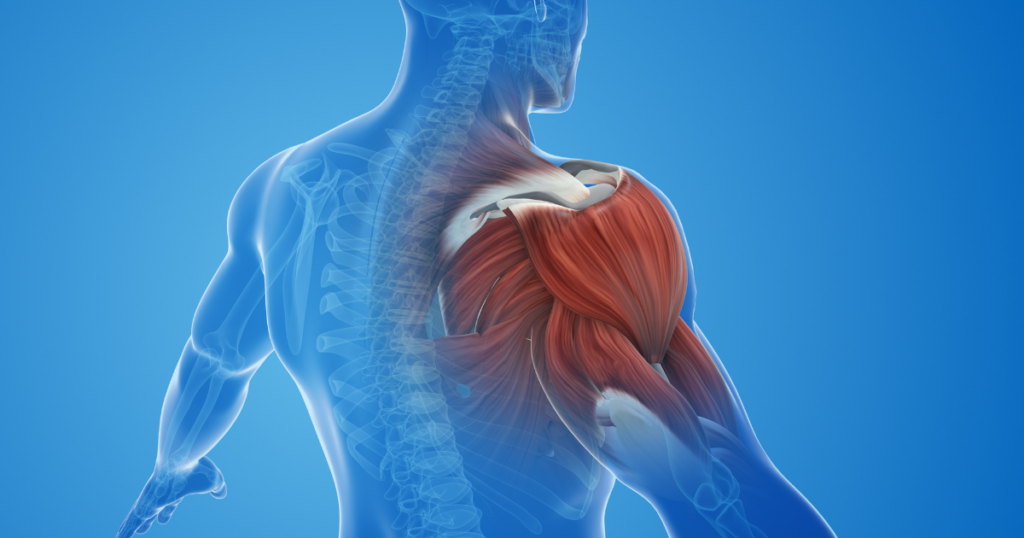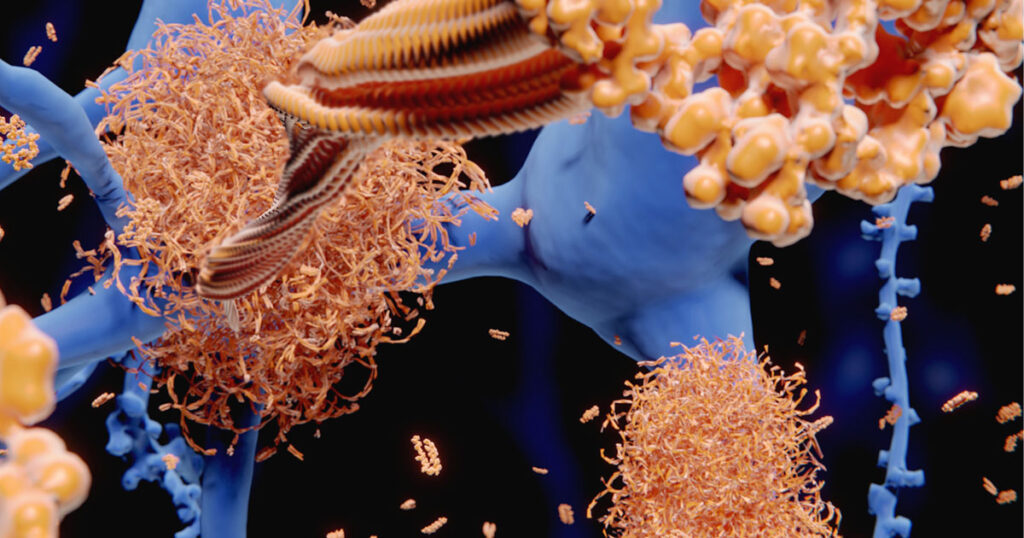Peptides are garnering increasing attention, specifically for their potential therapeutic applications. One such peptide that has sparked significant interest is Insulin-like Growth Factor 1 Long R3 (IGF-1 LR3). It is known to be used for muscle growth and repair, bone growth, and wound healing. Its unique properties and capabilities make it a subject of fascination in both medical research and athletic performance enhancement. In this blog, we’ll discuss IGF-1 LR3’s uses, benefits and safety.
Understanding IGF-1 LR3
Insulin-like Growth Factor 1 (IGF-1) is a naturally occurring peptide hormone produced by the liver and other tissues in response to growth hormone (GH) stimulation. IGF-1 LR3 is a synthetic analogue of IGF-1. It plays a crucial role in cell growth, proliferation, and differentiation throughout the body.
What's the Science?
One of the distinguishing features of IGF-1 LR3 is its extended half-life compared to native IGF-1. This extended half-life is achieved by the addition of an arginine residue at the N-terminus and the substitution of the glutamic acid at position 3 with an arginine. These modifications render this peptide more resistant to degradation by proteases, thereby prolonging its activity in the body.
It exerts its effects primarily through binding to the IGF-1 receptor, initiating a cascade of intracellular signaling pathways involved in cell growth and survival. Additionally, it can also bind to insulin receptors, albeit with lower affinity than insulin itself.
Medical Uses
- Muscle Growth and Repair: IGF-1 LR3 has garnered attention in the medical community for its potential in promoting muscle growth and enhancing muscle repair. This makes it a promising solution for the treatment of muscle wasting disorders such as muscular dystrophy and age-related sarcopenia.
- Bone Growth: Alongside its role in muscle growth, IGF-1 LR3 has also been studied for its effects on bone metabolism. It is believed to stimulate bone growth and increase bone mineral density, suggesting potential applications in the treatment of osteoporosis and bone fractures.
- Wound Healing: The ability of IGF-1 LR3 to stimulate cell proliferation and collagen synthesis makes it a candidate for accelerating wound healing processes. Research in this area has shown promising results, particularly in chronic wound management.
Athletic Performance Enhancement
Beyond its medical applications, IGF-1 LR3 has gained notoriety in the realm of athletic performance enhancement. Athletes and bodybuilders have been known to use this peptide to augment muscle growth, improve recovery times, and enhance overall performance.
Safety Considerations

While IGF-1 LR3 holds promise for various therapeutic applications, its use is not without risks. Excessive or improper administration of IGF-1 LR3 can lead to adverse effects, including hypoglycemia, insulin resistance, and abnormal tissue growth. Moreover, its potential to promote tumor growth raises concerns regarding its safety, particularly in individuals with a history of cancer. As always, you should consult a healthcare professional before adding supplements to your routine.
Conclusion
IGF-1 LR3 represents a fascinating peptide with diverse biological activities and therapeutic potential. From its role in promoting muscle and bone growth to its applications in wound healing, the possibilities for this peptide are wide. However, it is crucial to approach its use with caution, considering both its potential benefits and risks. Continued research into the safety profile of IGF-1 LR3 will shed further light on its therapeutic applications and inform its responsible use in clinical and athletic settings.




